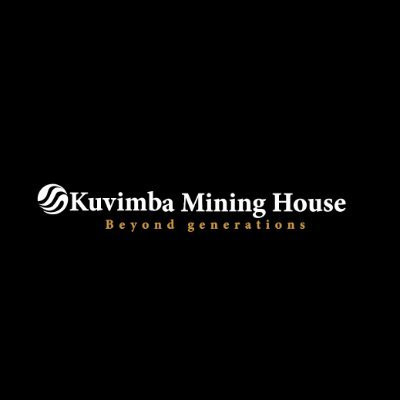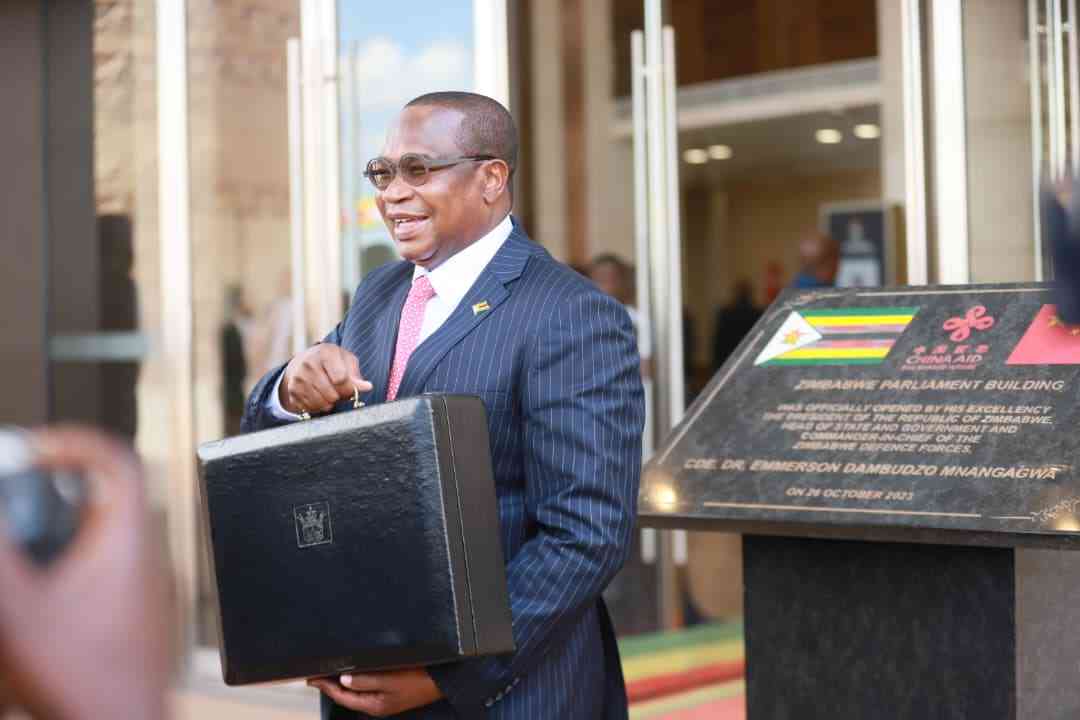
GOLD output at Kuvimba Mining House (KMH) is expected to remain stable in the 2026 financial year, in line with 2025 levels, as the lack of expansion projects limits significant volume growth.
However, the company is banking on higher ore grades and improved plant recovery rates to deliver a potential uptick in output.
The group, which produced 3 605 kilogrammes of gold in the year ended March 2025, is also prioritising equipment upgrades and expanded tank capacity at its Freda Rebecca Gold Mine and Jena Mines plants to enhance processing efficiency.
KMH operates Freda Rebecca, Shamva Gold Mine and Jena.
“For the year that we are now in, we don’t expect a major change in production because there is no expansion project. There is no volume increase expected,” KMH head of gold cluster Patrick Maseva-Shayawabaya told the Zimbabwe Independent in an interview.
“But if we do have a higher grade and higher recovery in the plant, it may give us an uptick in production. Generally, we expect FY26 (financial year 2026) output to be in line with FY25.”
He added: “We have several projects to replace ageing and unreliable plants and equipment, and to increase tank capacity at both Freda and Jena. This will improve residence time — the duration ore is exposed to chemicals — boosting recovery rates.”
In the financial year ended March 2025, KMH’s gold cluster generated US$300 million in revenue, up from US$205 million the previous year, driven by strong gold prices and operational efficiency.
- Feature: Revolving door of Zim's mining investment keeps on spinning
- Nzenza speaks on Zisco
- BNC promises full disclosure to investors
- Govt blocks small-scale miners from lithium fields
Keep Reading
Earnings before interest, tax, depreciation, and amortisation stood at US$104 million, compared to US$37 million previously, while profit before tax also saw a substantial rise to US$69 million, up from US$1,4 million.
In terms of production, monthly output averaged 205kg for Freda Rebecca, 65 to 70kg for Shamva, and 30kg for Jena, totalling 300kg per month on average. In total, the company produced 3 605kg of gold, up from 3 246kg the previous year.
While cash costs rose 6% due to higher production, the cash cost per ounce fell from US$1 490 to US$1 421, with a further reduction to US$1 300 targeted this year.
The group allocated US$18 million to capital expenditure, including US$1,7 million for Shamva’s capital development and waste stripping, as well as US$500 000 for Jena’s minimal capex.
KMH is also finalising a power purchase agreement with an investor to install a 23MW solar plant, supplementing grid power.
Maseva-Shayawabaya noted: “The solar plant will provide about 6MW daily — not enough for our 20MW requirement, but it will reduce reliance on the grid.”










